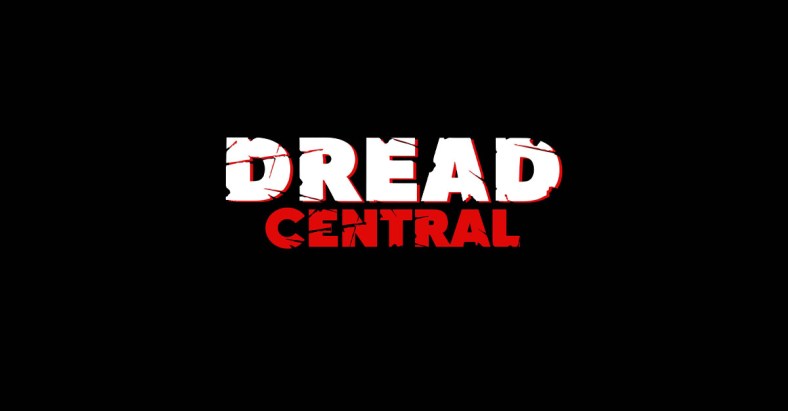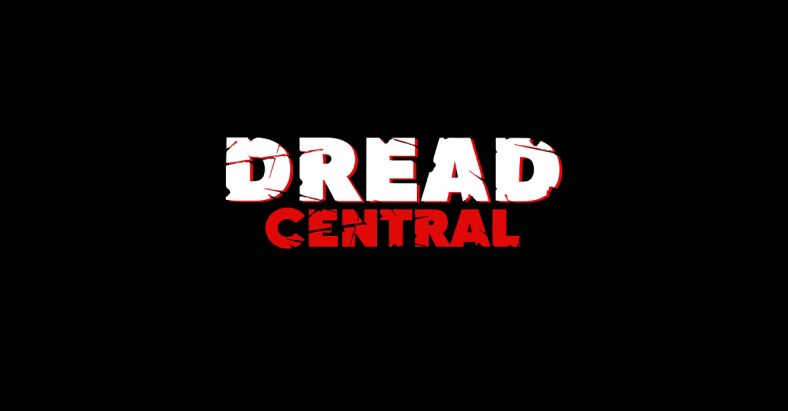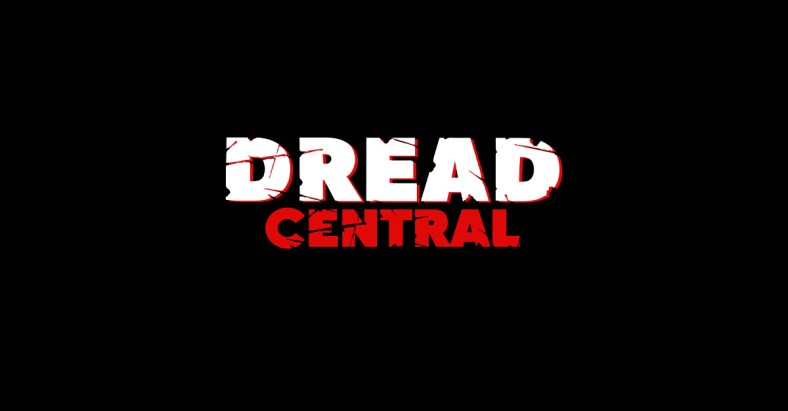10 Vindicated Horror Films

Time has a funny way of treating art. As days pass into years and years pass into decades, ideas, opinions and consensuses change. What was once deemed good or important occasionally slips into the realm of the irrelevant and forgotten (like pretty much every Best Picture Academy Award winner since 2000).
Conversely, what was once deemed poor is sometimes reappraised, reconsidered, rediscovered and reevaluated. The truth is not everything is assessed rightfully in its own time. This certainly applies to film, and even more so to the (unfairly) most maligned of all cinematic genres, the horror film.
Some films just need time. They need to marinate in the public consciousness for a while until tastes and sensibilities change or until a new generation unearths them and discovers something magical the original audience missed.
Many horror films which today are considered fan favorites or classics of the genre were not always deemed as such. What follows are 10 horror films that either performed poorly at the box office or were vilified by critics – and in some cases, both – but in the ensuing years since their respective releases have been vindicated by audiences and/or critics and are now considered among the very best the genre has to offer.
Peeping Tom:

Then:
In 1960, British director Michael Powell, who had previously directed art-house critical favorites The Red Shoes, Black Narcissus and Tales of Hoffman, unleashed Peeping Tom, the tale of Mark, a reclusive sexually repressed focus puller who takes cheesecake photos of nubile young women and then murders them, showing them their faces in a mirror just as he’s about to snuff them in order to capture the look of fear on their faces at the precise moment they know they are about to be expire. Upon release, British critics tore the film to ribbons, including one reviewer who suggested the film should be thrown into a sewer. The overwhelming scorn heaped on the film and the subsequent backlash effectively ended Powell’s career as a director.
Now:
Thirty years later, Martin Scorsese spearheaded a reappraisal of the film in his book Scorsese on Scorsese. The Raging Bull and Taxi Driver director praised the film, and critics took notice of its psychological complexity and the way in which it implicates the film’s audience as voyeurs, almost as complicit in the murders as Mark is. Peeping Tom is now rightfully considered a masterpiece and was named by Total Film magazine as the 18th greatest horror film of all time.
Videodrome:

Then:
For a while, it seemed as if David Cronenberg could do no wrong. Films such as Shivers, Rabid and The Brood were minor hits, and critics hailed the young Canadian director as an intelligent and exciting voice who could imbue his films with subtext, smarts and stomach-churning effects. In 1983, Cronenberg followed his highest-grossing film thus far, the literally mind-blowing Scanners, with Videodrome, the story of television station owner Max Renn, played by James Woods, who comes across the pirate “Videodrome” signal in his search for ever-more salacious content to air. In pursuing “Videodrome,” Renn descends into a wormhole of danger, hallucinations and “the new flesh.”
Reviews for Videodrome were generally positive, but not overwhelmingly so. The notoriously horror-hating Roger Ebert wrote of Videodrome, “The characters are bitter and hateful, the images are nauseating… Videodrome, whatever its qualities, has got to be one of the least entertaining films of all time.” Despite the added star power of Blondie singer Debbie Harry, Videodrome grossed a paltry $2 million at the box office, a fraction of Scanners’ $14 million and less than half of the film’s budget.
Now:
“Long live the new flesh!” Videodrome, if not the best film in Cronenberg’s unparalleled body of work, is at least in the top 3 (it’s certainly my favorite.) The film’s fans are legion and adore Cronenberg’s hallucinatory mindfuck of a movie, made all the better by Rick Baker’s pulsatingly icky makeup effects. Videodrome is considered a film both prophetic and terrifying in its message. By depicting a world where the biological and the technological intertwine and intermingle, Videodrome proved a film twenty years ahead of its time and presaged the information superhighway, technologically-governed world we live in today.
The Mist:

Then:
Cinematic adaptations of Stephen King’s stories have always been hit or miss, both critically and at the box office. Frank Darabont’s adaptation of the King novella, originally published as part of the collection Skeleton Crew, was released in 2007 to favorable reviews (although Ebert of course hated it) but a dismissive public. The film barely recouped its budget, grossing just over $25 million domestically, a fraction of Darabont’s other King adaptation The Green Mile. (Darabont also brought The Shawshank Redemption to the screen, but that didn’t fare much better at the box office than The Mist, despite now being ranked #1 on IMDb’s Top 250 list.)
The Thomas Jane starrer, a dark film about a small group of survivors holed up in a grocery store shrouded in an impossible to see-through mist which hides all sorts of horrific monsters, was made even darker by Darabont’s decision to film an extreme downer of an ending which differed greatly from King’s tale.
Now:
The Mist, despite its anemic box office take, is considered by many as one of the better King adaptations. The pessimistic ending that enraged the studio enough that Darabont had to forfeit his director’s salary in order to include it, is now lauded for its uncompromising bleakness and has been praised by King himself as the ending he wished he would been brave enough to use to conclude his story.

